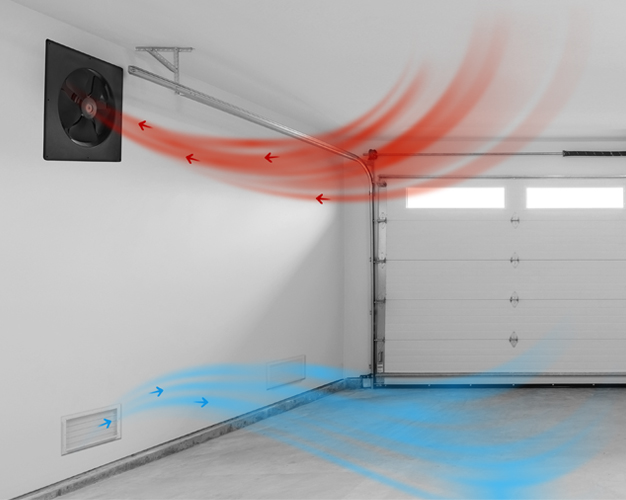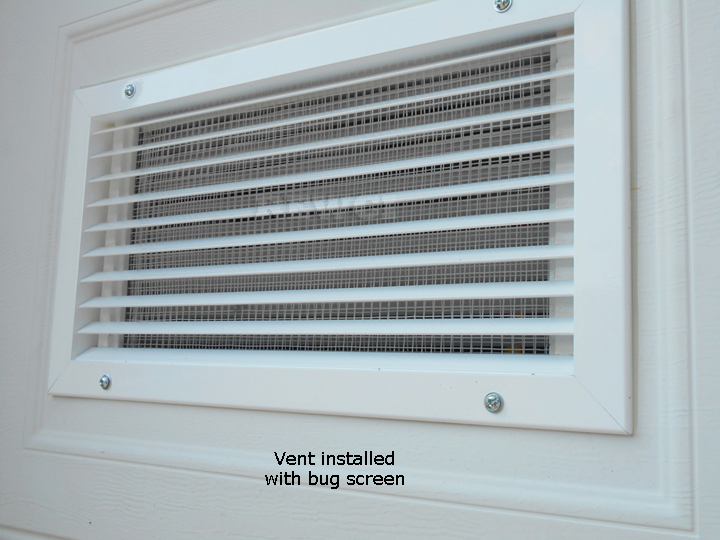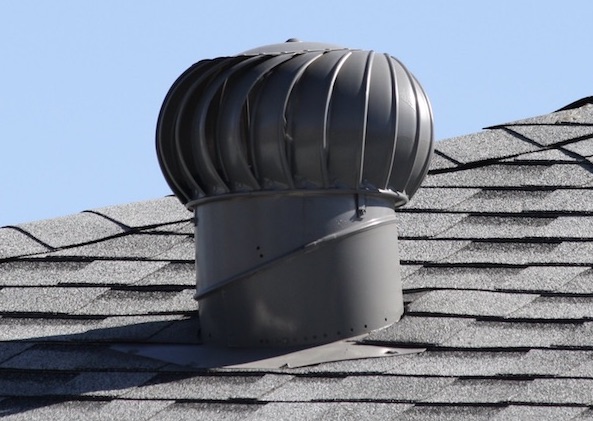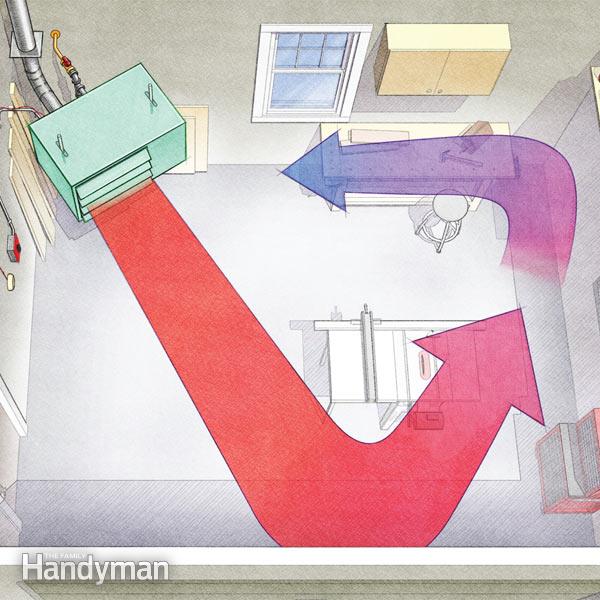Airing out your garage is something every homeowner needs to be careful of. If it is not adequately ventilated, it can be extremely dangerous for every household member and pet health. This is because dangerous fumes are trapped in car exhaust in an unventilated garage. When these fumes accumulate, they can poison everyone in the family. Ventilation is also required if you use your garage as a store for harmful chemicals such as oils, paints and other vapors.
Fortunately, there are several things you can do to ensure proper garage ventilation, including the following tips:
- First of all, avoid the release of vapors in the garage. You only need to ventilate your garage if you know there are fumes circulating in it. However, this is only possible if you frequently warm up your vehicle in the garage with the door closed. It doesn’t matter if you just do it for a minute. The point is that fumes are already clinging to the walls and ceiling. Once trapped, they can slowly poison you, especially since dangerous vapors like carbon monoxide are tasteless, clear, and odorless. It is best to leave your garage and only start the vehicle when you are outside.
- Build in air washer. These are different from normal fans. In contrast to normal fans, they release a targeted and constant blast of air, although they are smaller than industrial fans that produce the same amount of air. Because air washers are compact, you can place them in tight corners in the garage for more effective ventilation. Installing multiple small air washers could cover more space, even the smallest nooks and crannies, than a single large unit.
- Open the garage door to let in fresh air and let out the fumes. Do this every time you spend a lot of time in your garage working on your car or running errands that contain harmful chemicals such as paint, varnish, lubricants, oils and stains. Protect yourself from completely inhaling these chemicals by also wearing a dust mask. Make sure the ceiling and floor fans are on, if you have them, to let the fumes out. If your garage is connected to the main house, keep the connecting door closed during all work in the garage. It would be safest to hold a carbon monoxide detector in the garage and main house and monitor it regularly. Look for possible gaps through which vapors from the garage can get into your home. Seal these gaps with spray foam, sealing strips or sealing.
- Install an exhaust fan. These can effectively help release the accumulated fumes and hot air in your garage. You can find wall-mounted that you can install after drilling a hole in your garage wall.
- Make space for ventilation slots. You can choose between a turbine or a static vent. If you can create space for a vent on the roof, choose the round turbine vent, which draws air out of the garage through its rotating component. The other option would be static ventilation, which is simply angled slats installed in the garage walls.
- Keep the garage rafters open. The fumes also rise, so the rafters can stay open and more efficiently let out of the garage. You can install small ventilation slots near the rafters. If you really can’t avoid starting your vehicle in the garage, at least most of the exhaust will rise and exit through the vents in the rafters.
- Install an HVAC system. This will help improve the quality of the airflow in a closed large space like your garage. However, the HVAC system for your garage should be separate from that of your home Prevent air pollution from the garage to the whole house. This is an especially important reminder if your garage doubles as a workshop, where you store and use harmful chemicals.
Try these tips to maintain a properly ventilated garage and create a comfortable place to work. At the very least, you don’t have to worry about the quality of the garage air that you breathe every time you start working in the garage. The investments you make in your garage ventilation will all be well worth it when you consider the health and financial benefits that you will get from them.
 TopsDecor.com Home Decor Ideas
TopsDecor.com Home Decor Ideas







